Iliadin Merck Drop
Iliadin Merck Drop, a trusted nasal decongestant, has long been the go-to solution for individuals seeking relief from nasal congestion. In this comprehensive article, we delve into the intricacies of this medication, exploring its mechanism of action, clinical applications, dosage, and safety considerations. we aim to provide you with a thorough understanding of Iliadin Merck Drop, empowering you to make informed decisions about your nasal health.
| Dosage form | |
|---|---|
| Pack size | |
| Potency | %0.025 10Ml |
| Manufacturer | |
| Origin | |
| Generic Name (Ingredient) | Oxymetazoline Hydrochloride Contains 2.5 Mg In 10 Ml. |
Assuming your emergency circumstances for this product, visit Urgent Quotation page. Besides, for any pharmaceutical questions, please ask us in the comments section.
Description
Iliadin Merck Drop contains the active ingredient oxymetazoline, a direct-acting sympathomimetic agent. When applied topically, oxymetazoline constricts the blood vessels in the nasal mucosa, reducing edema and effectively relieving nasal congestion.
Iliadin Merck Drop Mechanism of Action
Iliadin Merck Drop binds to both α1- and α2-adrenoceptors, promoting the contraction of vascular smooth muscle. This vasoconstrictor effect is the key to Iliadin’s ability to alleviate the symptoms of nasal congestion.
Clinical Applications
Acute and Chronic Rhinitis
Iliadin Merck Drop has proven effective in both acute and chronic rhinitis, providing rapid relief from nasal obstruction.
Common Cold
During a cold, Iliadin can improve nasal airflow for up to 12 hours after a single dose, offering much-needed respite.
Sinusitis
Iliadin helps reduce the nasal congestion associated with sinusitis, a common and often debilitating condition.
Hay Fever and Allergies
Iliadin is also beneficial for individuals suffering from hay fever and other allergic conditions, providing symptomatic relief.
Otitis Media
Iliadin serves as a valuable nasal decongestant in the management of otitis media, or middle ear inflammation.
Dosage and Administration
Iliadin Merck Drop is applied directly to the nasal mucosa, with the recommended dosage being two to three drops in each nostril, two to three times a day for adults and children aged 6 and above.
Duration of Use
It is crucial to limit the use of Iliadin Merck Drop to a maximum of 5 consecutive days to avoid the risk of rebound effects and drug-induced rhinitis.
Safety Considerations
Rebound Effect and Tachyphylaxis
Prolonged use or overdose of this drop may lead to a reduction in efficacy (tachyphylaxis) and the potential for higher doses or more frequent usage, which can exacerbate the rebound effect.
Discontinuation
If long-term use or overdose occurs, treatment with Iliadin Merck Drop should be discontinued immediately.
Conclusion
Iliadin Merck Drop is a potent and versatile nasal decongestant that provides rapid relief from a variety of nasal congestion-related conditions. By understanding its mechanism of action, clinical applications, and safety considerations, individuals can make informed decisions about the use of this medication.
| Category | Details |
|---|---|
| Active Ingredient | Oxymetazoline |
| Mechanism of Action | Constricts blood vessels in the nasal mucosa, reducing edema and relieving nasal congestion |
| Indications | Acute and chronic rhinitis, common cold, sinusitis, hay fever, allergies, otitis media |
| Dosage | 2-3 drops in each nostril, 2-3 times daily for adults and children aged 6+ |
| Duration of Use | Maximum of 5 consecutive days |
| Side Effects | Rebound effect, tachyphylaxis (reduced efficacy with long-term use) |
| Precautions | Discontinue immediately if long-term use or overdose occurs |
Use the form below to report an error
Please answer the questions as thoroughly and accurately as possible. Your answers will help us better understand what kind of mistakes happen, why and where they happen, and in the end the purpose is to build a better archive to guide researchers and professionals around the world.
The information on this page is not intended to be a substitute for professional medical advice, diagnosis, or treatment. always seek the advice for your physician or another qualified health provider with any questions you may have regarding a medical condition. Always remember to
- Ask your own doctor for medical advice.
- Names, brands, and dosage may differ between countries.
- When not feeling well, or experiencing side effects always contact your own doctor.
Cyberchondria
The truth is that when we’re sick, or worried about getting sick, the internet won’t help.
According to Wikipedia, cyberchondria is a mental disorder consisting in the desire to independently make a diagnosis based on the symptoms of diseases described on Internet sites.
Why you can't look for symptoms on the Internet
If diagnoses could be made simply from a textbook or an article on a website, we would all be doctors and treat ourselves. Nothing can replace the experience and knowledge of specially trained people. As in any field, in medicine there are unscrupulous specialists, differences of opinion, inaccurate diagnoses and incorrect test results.

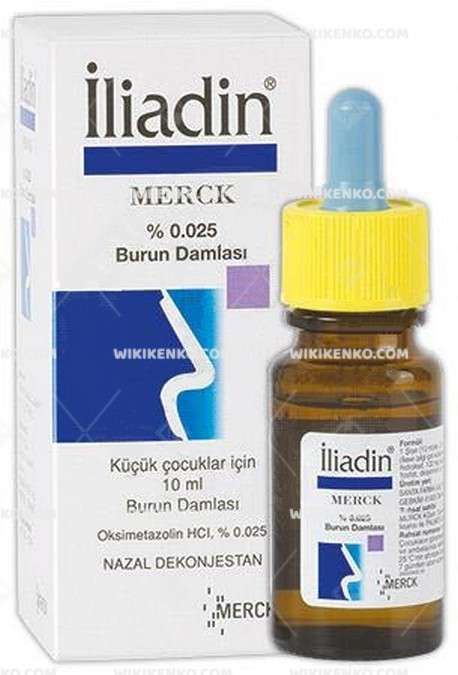
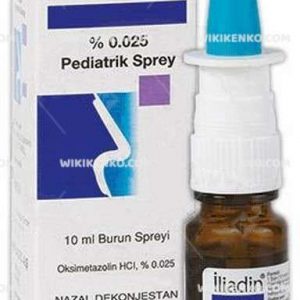
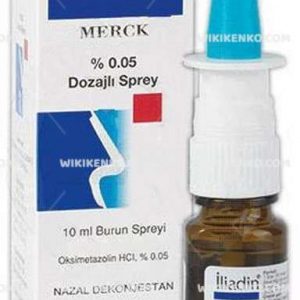
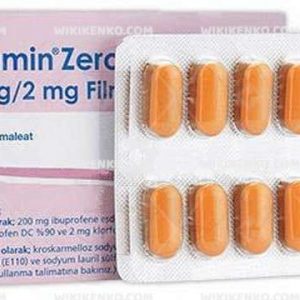
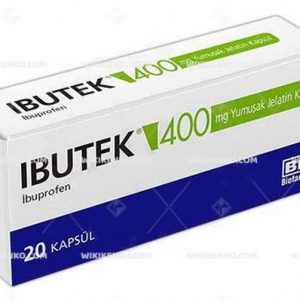

Reviews
There are no reviews yet.